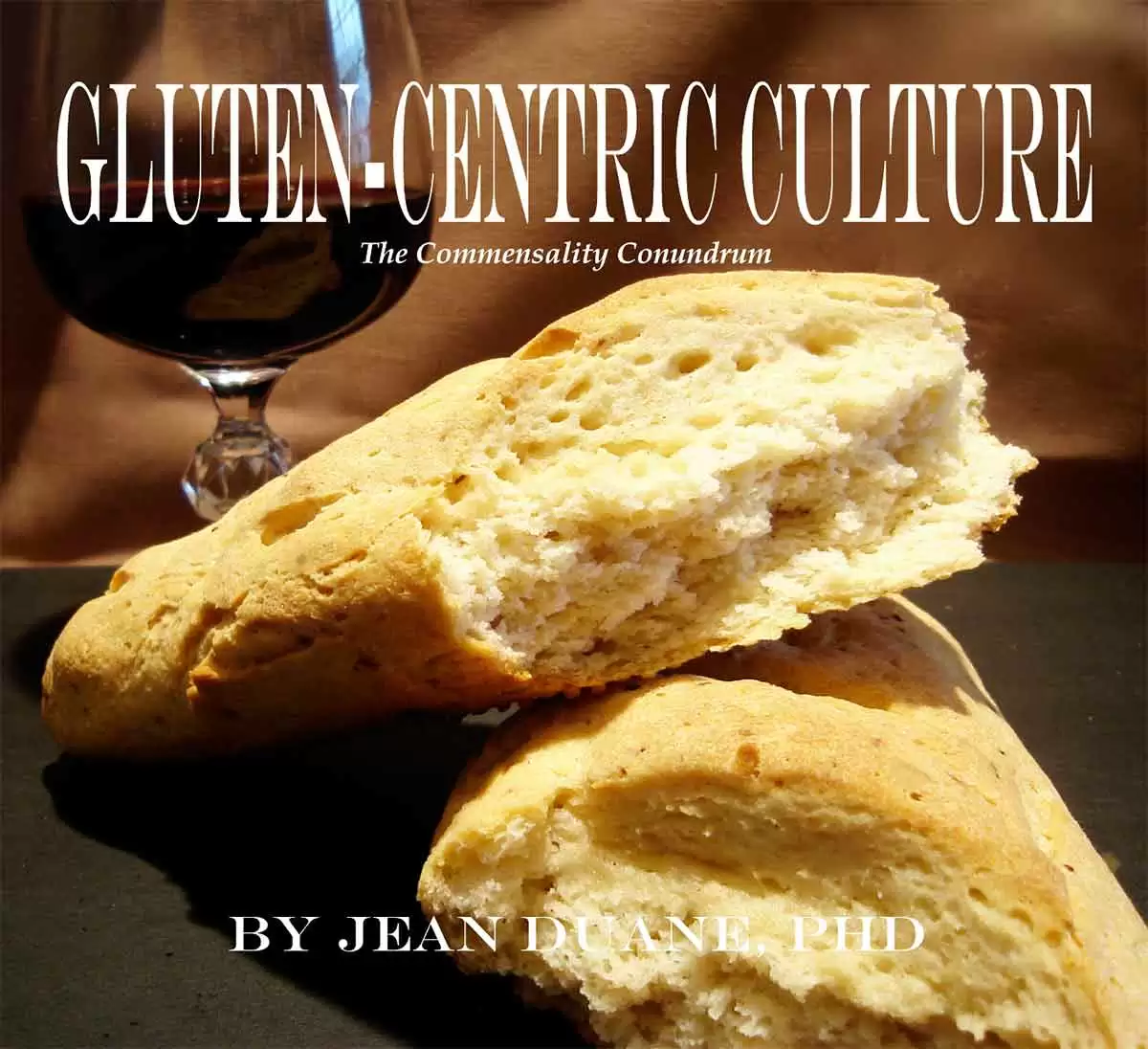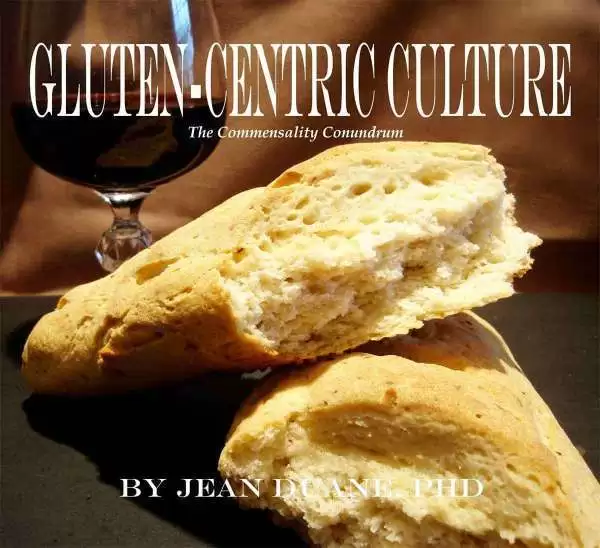Celiac.com 10/07/2025 - For many people, bread, pasta, pastries, and pizza are more than just food—they feel like comfort, tradition, and daily staples. Yet, for individuals with celiac disease or gluten sensitivity, eating these foods can be harmful and even life-threatening. Beyond the physical reaction, some people describe an almost irresistible craving for gluten, even after learning about its negative effects on their health. This has led to discussions about whether gluten acts in an addictive way, and why quitting it can feel as difficult as breaking other strong habits.
Why Gluten Feels Addictive
Gluten is a protein found in wheat, barley, and rye. When the digestive system breaks it down, small fragments called peptides are formed. Some of these peptides can interact with the brain’s opioid receptors—the same parts of the brain that respond to substances linked to reward and pleasure. These compounds are sometimes called exorphins, meaning they come from food rather than being produced naturally inside the body.
Celiac.com Sponsor (A12):
For someone with celiac disease or gluten sensitivity, the body also reacts with inflammation, discomfort, or digestive distress. But the brain may simultaneously receive signals of reward from gluten-derived peptides. This confusing combination—pain in the gut but reward in the brain—helps explain why gluten-rich foods can feel hard to give up. 18% of celiacs polled by Celiac.com report cheating on their gluten-free diets.
Emotional and Social Factors
Beyond biology, gluten-containing foods are woven into social and cultural life. Bread accompanies meals, cakes celebrate birthdays, and pasta symbolizes family gatherings. Quitting gluten may therefore feel like not only a dietary change but also a loss of shared traditions. Emotional attachments amplify the craving, making the shift to a gluten-free lifestyle more challenging than simply swapping one food for another.
The Challenge for People with Celiac Disease
For those with celiac disease, eating gluten triggers an immune attack on the small intestine, causing long-term damage, nutrient malabsorption, and risks for other autoimmune conditions. Yet even with this knowledge, some people struggle with eliminating gluten completely. The addictive pull can lead to slip-ups, especially in moments of stress, social gatherings, or when faced with comfort foods. Recognizing that cravings are not a matter of weak willpower but a real biological and psychological response can help people take a more compassionate and strategic approach to quitting.
Steps to Quitting Gluten
Successfully quitting gluten requires both planning and mindset. Below are several strategies that can make the transition smoother:
- Understand your “why”: Remind yourself daily why you are eliminating gluten. For people with celiac disease, it may mean preventing long-term damage. For others with gluten sensitivity, it may mean relief from bloating, fatigue, or skin issues.
- Clean out your kitchen: Removing tempting gluten foods reduces the chance of slip-ups. Replace them with satisfying gluten-free alternatives.
- Plan ahead: Social gatherings, restaurants, and travel are high-risk situations for accidental gluten exposure. Bring safe snacks, research menus, and explain your needs clearly.
- Address cravings directly: When cravings hit, pause and eat a gluten-free alternative that feels indulgent, like dark chocolate, popcorn, or a gluten-free baked treat.
- Find emotional support: Join gluten-free communities, online or in person. Sharing the journey makes the transition less isolating.
- Focus on nutrition: A gluten-free diet can sometimes become limited. Incorporate a variety of whole foods such as quinoa, brown rice, beans, vegetables, nuts, and seeds to stay full and nourished.
- Be patient with yourself: Recovery from gluten exposure takes time. If you slip, learn from the situation and move forward without guilt.
Replacing Gluten with Better Habits
The absence of gluten does not mean the absence of joy in eating. In fact, many discover new foods and flavors they would have otherwise ignored. Ancient grains like buckwheat, millet, and sorghum provide unique tastes and are naturally gluten-free. Creative gluten-free baking with almond flour or coconut flour can produce delicious alternatives to traditional desserts. Learning to cook new dishes can turn the transition into a culinary adventure rather than a deprivation.
The Role of Professional Guidance
Because cravings and emotional challenges are real, some people benefit from professional guidance. A dietitian specializing in gluten-free nutrition can provide personalized meal plans and ensure nutritional needs are met. Mental health professionals can also help manage the psychological aspects of food addiction, offering strategies to reframe cravings and build new coping mechanisms.
What This Means for People with Celiac Disease
For individuals with celiac disease, quitting gluten is not optional—it is essential. Understanding the addictive pull of gluten helps explain why mistakes happen, even when the stakes are high. Recognizing this challenge allows families, caregivers, and healthcare providers to offer more empathy and support rather than blame. By combining biological insight with practical strategies, people with celiac disease can gain better control over their health and reduce the stress of dietary management.
What This Means for People with Gluten Sensitivity
For people who are not celiac but still react poorly to gluten, the decision to quit often feels less urgent but no less important. Symptoms like brain fog, fatigue, headaches, or bloating can improve dramatically when gluten is eliminated. Still, cravings and social pressure can lead to setbacks. Approaching the change as a process of breaking an addictive cycle rather than a simple dietary tweak may make it easier to commit fully.
Conclusion
Gluten can feel addictive for both biological and emotional reasons, and quitting it can be challenging. For people with celiac disease, eliminating gluten is necessary to prevent serious health consequences. For those with gluten sensitivity, it can be life changing in terms of daily well-being. The key to success is recognizing that cravings are real, planning ahead, and building a lifestyle that is supportive, nourishing, and enjoyable without gluten. With knowledge, practice, and support, it is possible not only to quit gluten but to thrive without it.













Recommended Comments
Create an account or sign in to comment
You need to be a member in order to leave a comment
Create an account
Sign up for a new account in our community. It's easy!
Register a new accountSign in
Already have an account? Sign in here.
Sign In Now